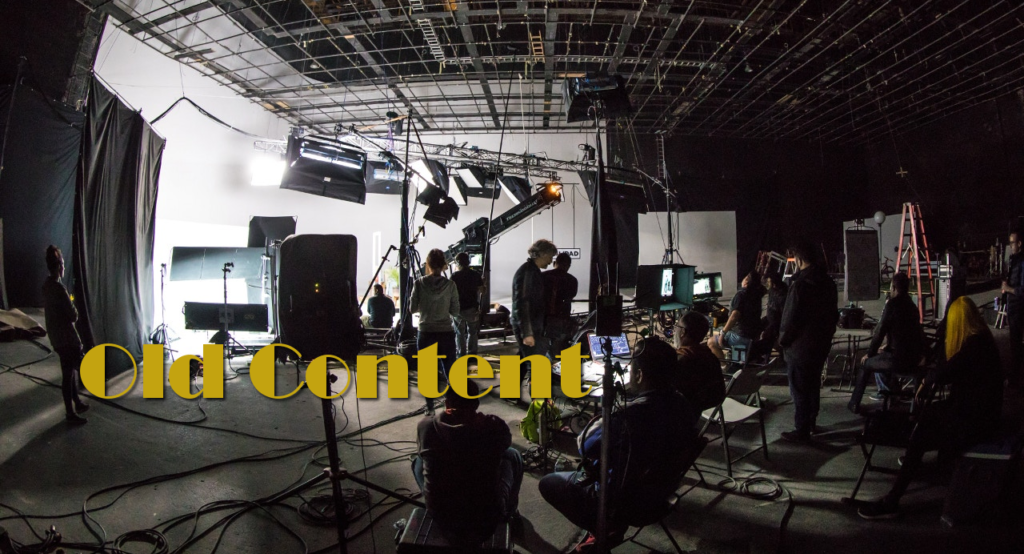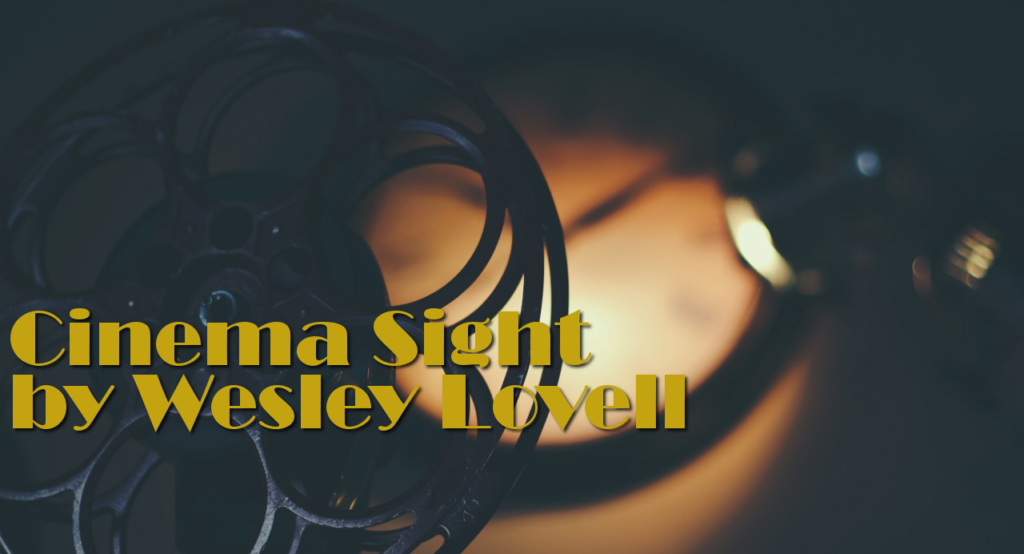
One hundred and twenty hours of film were recorded and eight hours of it were put on screen in the final product through its multiple screen images in the “you-are-there” documentary, Woodstock.
Woodstockthe film was as remarkable an achievement as the three day celebration of music, love and mud it documents. Michael Wadleigh’s box office phenomenon was largely credited with saving Warner Bros. at a critical time in its history.
This was no standard compilation of greatest hits performed by the artists. The performances of Jimi Hendrix, Richie Havens, The Who, Joan Baez, Crosby, Still and Nash, Arlo Guthrie, Credence Clearwater Revival, Joe Cocker, Jefferson Airplane, Country Joe & the Fish and more were selected for inclusion for their lyrical relevance as well as their musical value.
The documentary, whose assistant directors and editors included Martin Scorsese and Thelma Schoonmaker, put as much emphasis on the attendees as they did the performers, uncannily capturing the three day event in August 1969 like nothing before or since.
Warner Bros., which has previously released the film on VHS and DVD in a 25th Anniversary Director’s cut that added thirty minutes to the original three and one-half-hour running time, has outdone themselves with the 40th Anniversary Edition out now on both Blu-ray and standard DVD. Included in the 40th Aniversary Collector’s Edition, which comes in a buckskin-covered box complete with evenly-cut fringe, are a circular iron-on patch, replicas of a $24 three-day ticket and handwritten notes, a Lucite display with images from the festival, a Woodstock fact sheet and a 60-page Life Magazine commemorative reprint of the event itself.
There is also a new retrospective, The Museum at Bethel Woods: The Story of the Sixties & Woodstock, which is basically a promotional video for the museum with its constant reminders that the concert actually took place at Bethel, New York, not Woodstock. There is also an additional three hours in bonus content including performances recorded for, but not included in either the film or the extended director’s cut of the 1970 Oscar-winning documentary, which had also been nominated for Editing and Sound.
If they gave Oscars for savvy marketing, Clint Eastwood’s Gran Torino would win hands down. Sold as a Dirty Harry style revenge flick, the film is anything but. It’s a meditation on tolerance and understanding, the value of hard work and the peace that comes with forgiveness. Would something that sells itself as that kind of movie bring in the audiences that might learn something from it? Of course not, which is why the marketing was so brilliant, appealing as it did to the head-bangers and hate mongers whose moral it was aimed at like a fully loaded shotgun.
Eastwood gives the performance of his career as a retired autoworker with lots of pent up rage. Recently widowed, he’s a bitter old man who can’t relate to his family, his priest or his changing neighborhood. The Hmong family next door brings back painful memories of his Korean War service. When he chases gang members who are trying to indoctrinate the kid next door off his property, the act is met with great gratitude by the family and serves to forge the beginning of a new relationship between the old man and the young son and daughter of the family.
The best scenes, the film’s marketing to the contrary, are not the ones filled with violence but the dialogue scenes between the old man and his neighbors and old man and the young priest who refuses to be bullied into leaving him alone.
Newcomers Bee Vang and Ahney Her are appropriately low key as the Hmong kids as is Christopher Carley as the priest.
Gran Torino is available on both Blu-ray and standard DVD. Both are loaded with extras.
An actor’s actor who is as well known for his comedic roles as his dramatic ones, Jack Lemmon left a large body of work which has generally been well represented on video, save for some of the comedies he made for Columbia in the eleven year period from 1954 to 1964 while doing his best work elsewhere (Warner Bros.’ Mister Roberts and Days of Wine and Roses, United Artists’ Some Likt It Hot and The Apartment). Sony has remedied that with the release of The Jack Lemmon Film Collection.
They say that absence makes the heart grow fonder, and the fact that these films have been out of circulation for so long probably makes people remember them as being better than they were.
Mildly amusing, rather than laugh-out-loud funny, Mark Robson’s 1954 film Phffft! – “don’t say it, see it” proclaimed the newspaper adds – reunited Lemmon with his It Should Happen to You co-star Judy Holliday. A fifties variation on The Awful Truth, one of the great screwball comedies of the thirties, it had its work cut out for it trying to live up to that comparison. Only Kim Novak, surprisingly adept at light comedy, rises to the occasion as the ditzy broad Lemmon has a fling with between his break-up and eventual reconciliation with Holliday.
Typical of the service comedies of the fifties, Richard Quine’s 1957 film Operation Mad Ball at least moves at a fast pace with Lemmon, Ernie Kovacs, Arthur O’Connell and Mickey Rooney more or less playing characters they’ve played a thousand times. Dick York, James Darren and Roger Smith brought some fresh blood to the project and the leading lady was perky Kathryn Grant before she became Kathryn Crosby.
Easily the best of the lot, Quine’s 1962 film The Notorious Landlady, co-written by Blake Edwards and Larry Gelbart, is a pleasant comedy-mystery in which U.S. diplomat Lemmon helps landlady Novak solve her husband’s murder. Fred Astaire as Lemmon’s boss, Lionel Jeffries an inept Scotland Yard inspector and the wonderful Estelle Winwood as an old lady in a wheelchair add to the fun. Lemmon racing down hill to save Winwood’s runaway wheelchair from going over a cliff is the film’s comic highlight.
Betraying its stage origins, David Swift’s 1963 film Under the Yum Yum Tree is largely a one-note film revolving around an apartment complex run by a libidinous landlord, played by Lemmon at his leering worst. Carol Lynley, Dean Jones, Edie Adams and Imogene Coca are among those suffering through his sneer.
To be fair to Lemmon, he detested making both Under the Yum Yum Tree and its 1964 follow-up Good Neighbor Sam, also directed by Swift, both of which he made under duress to complete his Columbia contract.
To be fair to Swift and Columbia, as well as Lemmon, Good Neighbor Sam is not a bad film. It’s the old “let me borrow your husband to claim an estate” plot with Romy Shneider as the neighbor pretending to be married to Lemmon, while wife Dorothy Provine sits on the sidelines until Mike Connors comes along. Edward G. Robinson co-stars.
Old and new TV series released on DVD continue this week with the release of Perry Mason – Season 4, Vol. 1. Other recent releases include the 9th season of Law & Order: Special Victims Unit, the fourth season of Weeds, and the first season of True Blood, the latter two on Blu-ray as well as standard DVD. Whatever your taste in TV series, there’s something for everyone in this batch. Enjoy!


















Leave a Reply